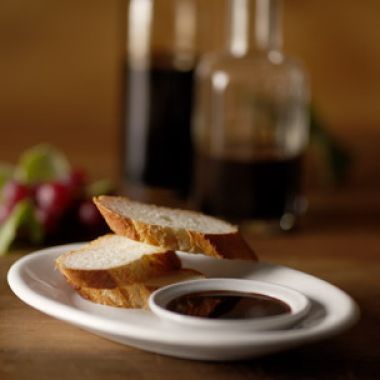All About Balsamic Vinegar

Authentic balsamic vinegar is designated by the word tradizionale or with an Italian consortium seal on the label. (The consortium monitors production and standards of quality.) It is aged for as little as 1 year and up to 25 years, 50 years or 75 years—and sometimes far longer. Through slow evaporation over time, the vinegar grows increasingly sweet and mellow.
Long-aged balsamic is an intense, expensive, syrupy vinegar that should be used sparingly; only a few drops are necessary. True balsamic that is aged for a shorter time is also available. Younger balsamic makes a superb salad dressing and is used, often reduced, in sauces for other foods or is sprinkled over fruit.
Storing
Store vinegar in its original glass bottle in a cool, dark cupboard. It will keep indefinitely. Although vinegar may cloud with time, it is still usable and may simply need to be filtered through a heavy paper towel or coffee filter.